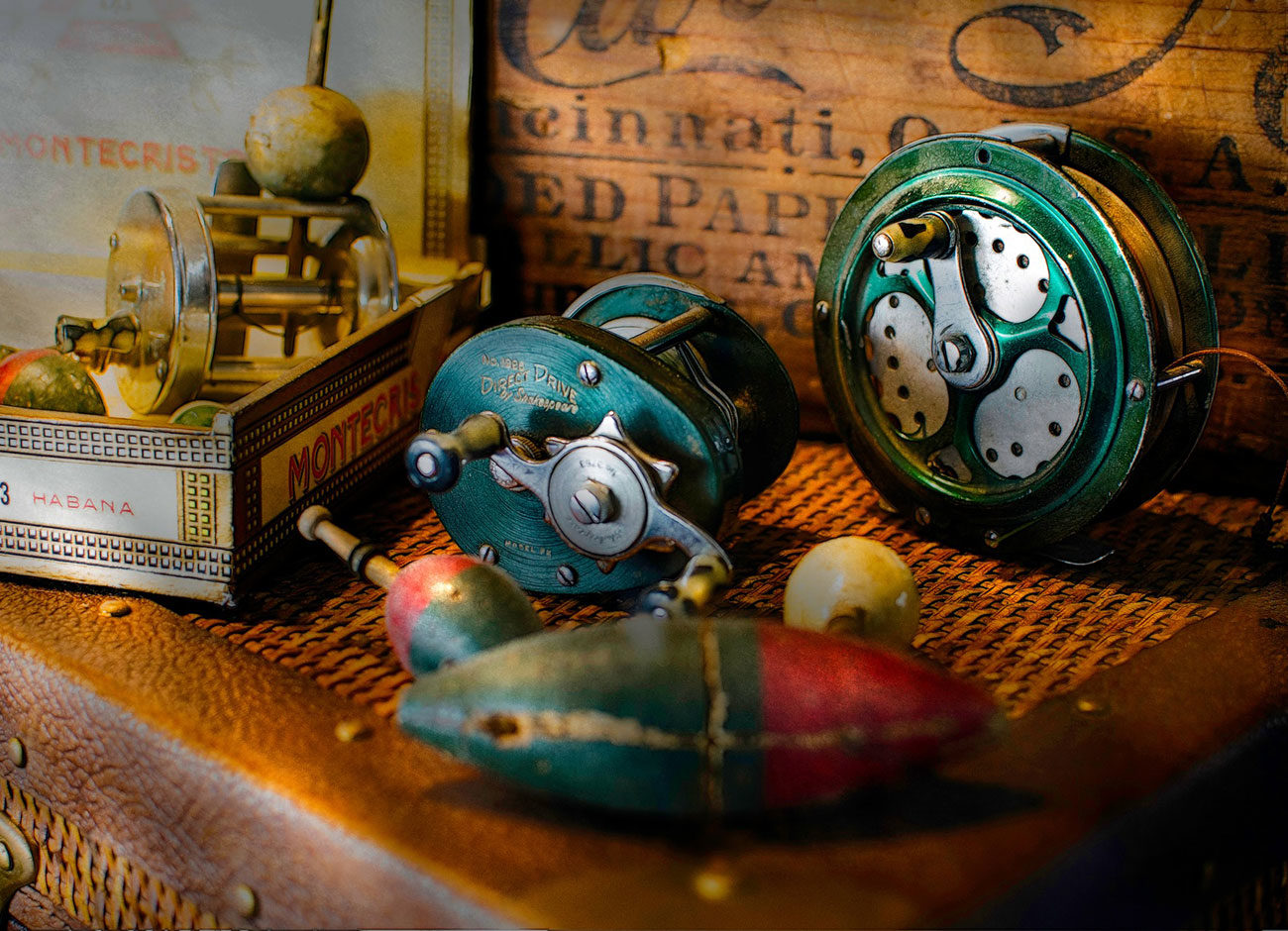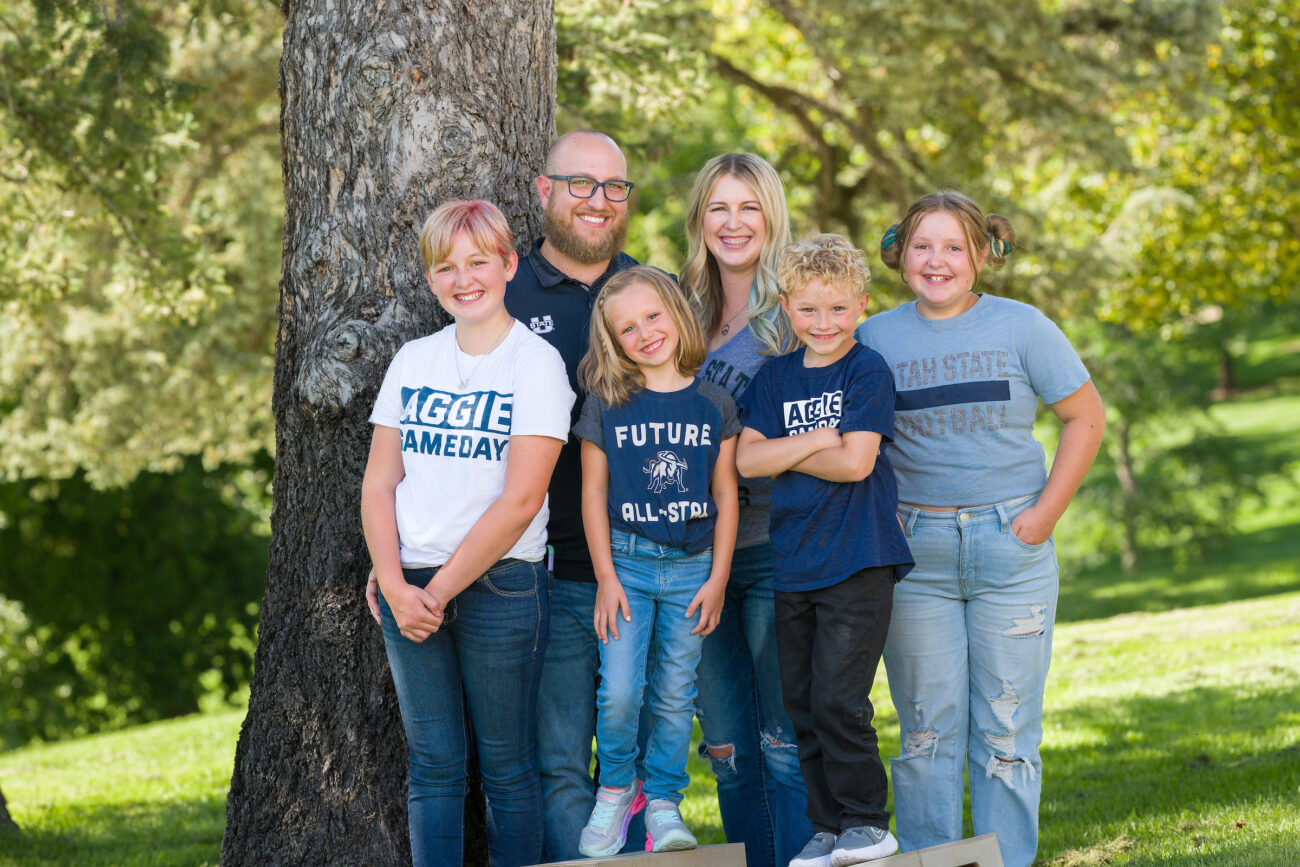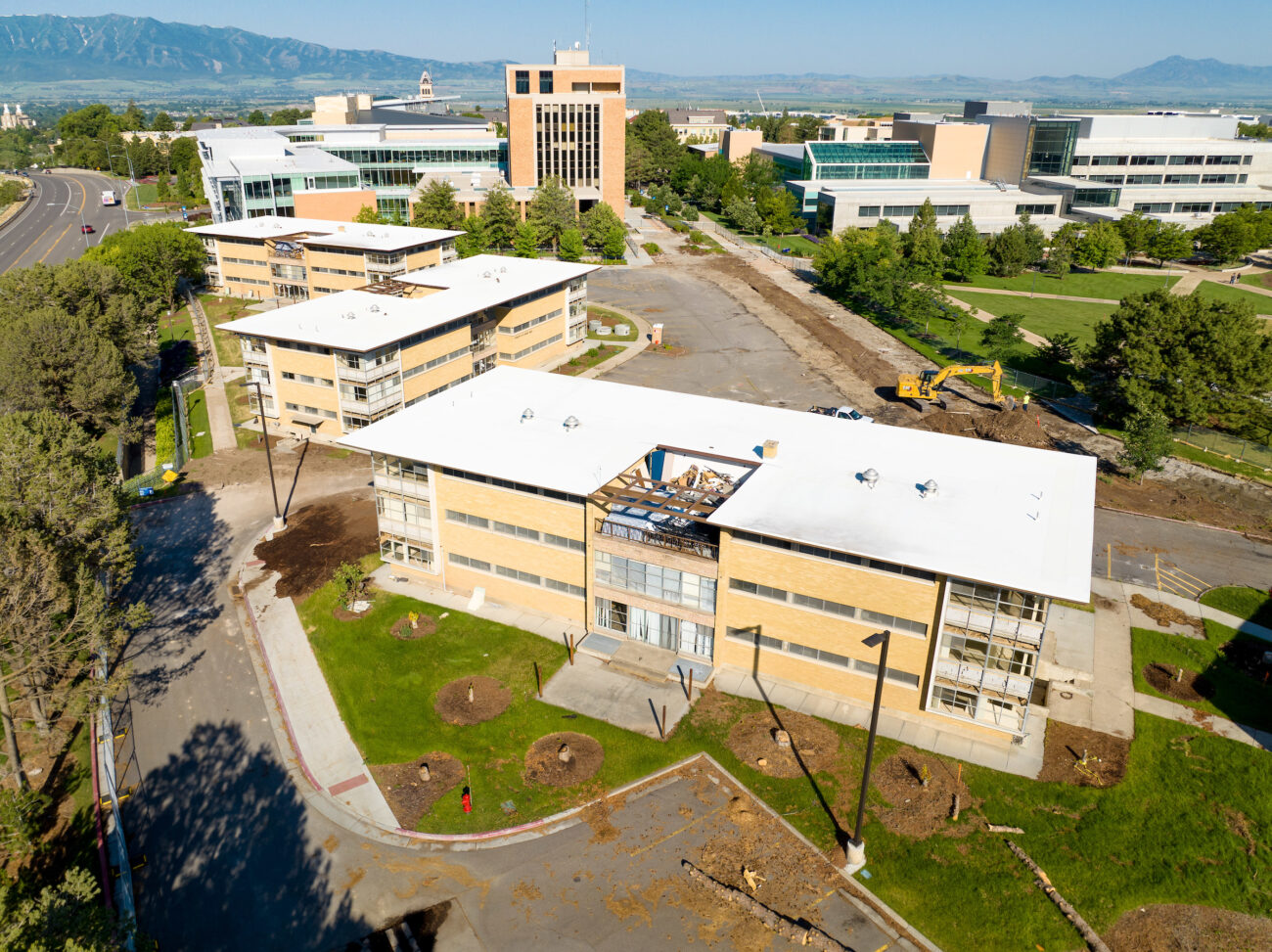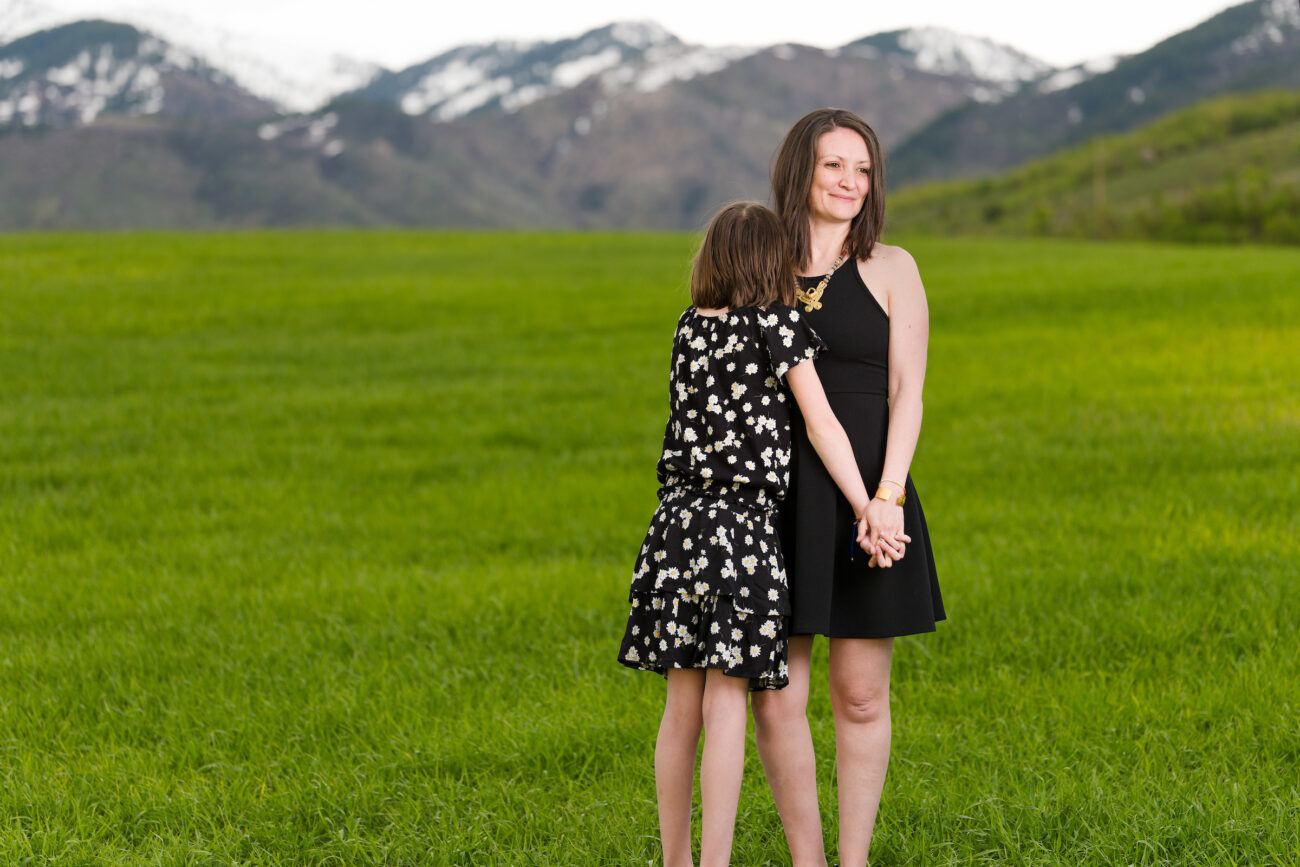Wandering

-KM
Wandering
remember the stinging cold of that first morning. Fog and steam ghosted off the mirrored surface of a farm reservoir that was rumored to hold large rainbow trout. Every so often a black trout’s back broke the glass surface and rolled over in one smooth motion, adding substance to the myth. The sight of such a fish would spread a mass of warm adrenaline through my cold-stung appendages, and I would cast a fly in the fish’s general direction, let the fly sink, begin to strip, and hope the line went tight. It wouldn’t go tight; the cold would settle back into my toes.
It was a lifeless, sunny cold. The sky was terribly bright—a harsh, pale, cloudless blue so bright it seemed to be blunting the earth. The mammoth sun didn’t seem to be working at all. It provided no warmth, just blinding brightness, hovering low over the brown foothill horizon.
Packer and I were seventeen and loose on spring break. Perhaps some of our friends had traveled to exotic locales. Certainly most of them were warmer than we were that morning. We left school behind for a week in search of new knowledge. Our research topic was roads—the sheer length of them, the unique nature of each one, the way that some took you to places no different than the places you wanted to get away from, and the way others took you deep into the woods and then had the good sense to just end. We were learning that those roads—the ones that started among a crisscross of other roads bordered by cookie-cutter houses and strip malls but sped away from the gray cities and climbed switchbacks and hugged ridges and ended way off by themselves in a grove of trees where a grassless patch of earth served as a parking space—those were our favorite roads.
Packer drove a white 1986 Toyota Celica. It had two doors and a stereo that didn’t work. The faded blue fake leather upholstery cracked and peeled, freeing the yellow padding through rips and holes. We stuck a boom box in the back seat, bought a twelve-pack of D batteries, and drove south from Salt Lake City in search of perfect roads that led to trout.
We knew nothing about fishing in southern Utah. If the internet was happening then, we didn’t know it. We planned our itinerary using a worn copy of the Utah 1992 Fishing Regulations. We picked our waters based on one criterion: Could we fish for trout? The regulations book wasn’t always clear on that question, so in some cases we guessed. Our gear splayed beneath the hatchback sun, Packer gunned the Celica south on I-15 with a dog-eared map folded rectangular between the front seats. The boom box in the backseat alternated a paradox of Run DMC and Paul Simon until we had pulled into the campground of this farm lake in the middle of the night and erected a tent by headlight.
We fished all morning, caught nothing, and eventually warmed up. Undeterred, we broke camp, climbed back in Packer’s Celica, and headed farther south.
The animal looked up again and we saw something new in his eyes, something unsettling and unmistakably dangerous. Packer reminded me casually that buffalo attacks are not particularly uncommon in Yellowstone, and although this was technically a domesticated animal, somewhere deep inside lay the genetics of a grassland-roaming beast that symbolized the beauty and the peril of wildness itself. To put it another way, this bull might put his head through the windshield.
Somewhere near Cedar City we began to climb out of the rocky desert into mountain country. Trusting the map, we exited the highway and began a circuitous path through farm hills and the occasional stand of trees. We turned right, then left. The road climbed, and patches of snow and muddy puddles began to show on the sides of the road. Man-made structures mostly disappeared, except gray wooden fence posts tied together with barbed wire. We took another left onto a dirt road, figuring we were probably lost. It was there we encountered the bull.
He was large and black and snorting, drinking from a puddle of muddy snowmelt pooled in a low spot in the road. Off to the right, a cedar tree shadowed the puddle and the beast. The bull’s head broke into the sunlight as he looked up from his refreshment, clearly annoyed.
He looked at us through the windshield—his eyelids half closed—then lowered his head and drank.
Packer honked the horn. The bull was unmoved.
Packer had rigged a speaker under the hood of his car and connected it to a CB radio. The speaker and CB existed so that we could easily shout at people as we drove by, something that seemed important to our seventeen-year-old sensibilities. So I pulled the Talk trigger on the CB and politely asked the bull to step aside. The bull was still unmoved.
I shouted into the handset: “C’mon, Bull, we’re going fishing and you’re blocking the road!”
It wasn’t a particularly compelling argument.
The animal looked up again and we saw something new in his eyes, something unsettling and unmistakably dangerous. Packer reminded me casually that buffalo attacks are not particularly uncommon in Yellowstone, and although this was technically a domesticated animal, somewhere deep inside lay the genetics of a grassland-roaming beast that symbolized the beauty and the peril of wildness itself. To put it another way, this bull might put his head through the windshield. The animal eyeballed us for another moment, then went casually back to the water.
“I think I can get around him.” Packer offered us a lifeline.
We edged out around the animal, the passenger tire embarking onto a patch of muddy grass. As we pulled even, the bull looked up and leaned back a little, his nose flaring in surprise.
We passed on the right, so Packer was eye to eye with the beast. Looking across him I saw a mix of fear and that same unsettling danger in the animal’s eyes. I realized I wasn’t terribly disappointed that Packer had unwittingly put himself between me and that bull.
The animal groaned angrily at us and feinted a half-hearted charge as Packer hit the gas and we sped off, the tires spitting grass and mud behind us, the bull shrinking defiantly in the rearview mirror.

We stayed silent for a few moments. The knowledge seeped in (perhaps for the first time) that we were uniquely vulnerable. Having traveled to this place hours from our homes and the parents who had protected us our entire lives, we could have been ended by an angry bull on a dirt road west of Cedar City. I felt weak for a moment and unsure of my place in the world. Three minutes earlier I was sure I would live forever. Now I was not.
This was a new lesson about roads: they take you places where anything can happen. Before our meeting with the bull, whenever I heard the phrase “anything can happen,” my mind began cataloging lists of all the good anythings that might happen. I began to imagine ways to realize long-held dreams. But now “anything” also meant a pissed-off bull might charge your best friend’s Toyota. And I knew that “anything” could also mean a lot of terrible things. It could mean drowning in a trout river or freezing to death in your sleep. I started to look at the patches of snow along the road a bit differently. My mind began to catalog all the ways the land out here might kill me.
Then Packer reached into the back and turned up the knob on the boom box. Public Enemy shouted through the speakers, and I soon felt invincibly young again.
A year later I had a similar revelation, another lesson taught by a road not far from where we had encountered the bull. This was the next spring break. Traveling north after fishing the Colorado River near Lees Ferry in Arizona, Packer, my brother Justin, and I began the drive up a canyon toward Cedar City and ran broad- side into a heavy spring snowstorm. We still had Packer’s Celica, and the headlights shone right into the sideways snow, lighting up the precipitation more than the road. It got bad enough that Packer turned off the headlights and left on only the parking lights. I stuck my head intermittently out the passenger window to verify that we were still on the roadway by identifying the white line, and Justin did the same on the driver’s side from the backseat. Somehow we arrived in Cedar City and found a place to buy a burger.
But in the midst of it—with those streaks of white bearing into us, plastering the windshield, the roadway filling with wet snow—I realized that we were driving blind. It was entirely possible we would veer into the canyon wall on one side or into and over the guardrail on the other. The painted center and side lines—the breadcrumbs of the highway system—were generally lost to us. We strained our eyes for the reflectors on the roadsides and managed to spot just enough to keep us centered. Even though we eventually arrived in the small college town, our teenage invincibility was no longer something we could believe in. Our safe arrival was due either to luck or divine guidance. Either way, during those thirty minutes we fought the storm up that winding canyon, we were not really in control; control had been wrested from us. Or—more accurately—the illusion of our control had been exposed. This was a sobering realization. The only difference between staying on the road and tipping over the rail and barreling to the bottom of that ravine was something outside of ourselves, something we could do nothing about. Something as ephemeral as fate or randomness, statistical noise or God’s will. Something we couldn’t see or touch. Something we weren’t even sure existed.
This was the point in my life when I began to think about the fact that the combined forces of weather and wild country are no respecter of people. They don’t care if we live or die. I always knew this logically, but now I was beginning to understand it emotionally. And that was a feeling I was not altogether prepared for.
Those places that can kill us can also show us things we cannot find elsewhere—things that will lift us and hold us in the mystery of a moment, awe us through the sheer size of a bottomless geography. We sat talking beneath that trillion-star sky and watched the flame of our campfire flicker unnamed shapes into the darkness.
After Packer and I left the bull to finish his afternoon cocktail, we drove that dirt road until it ended. The route took us through more ranch country and over foothills until we climbed a couple of switchback turns, entered public land, and parked on the shore of a small lake whose name I have long forgotten. Nestled in among brown rocky hills and mostly leafless aspen trees, the lake was free from wind and people. We set up camp with one eye on the glassy water looking for rising trout. We saw none.
We fished for an hour and caught nothing, saw no trout surface. We hiked the rock-strewn bank circling the lake, fished more, caught nothing, wondered about where we were, and laughed a lot. Evening dulled the light and we decided this was a pretty good place, even if the lake was barren. As we were readying ourselves for a marathon campfire, we spotted the signature rings of a rising fish, pulsing like a beacon. We scrambled along the shore rocks into range and cast toward the riser, though now the rings were gone and we couldn’t be sure if this was the spot, couldn’t be sure if we had seen a fish at all there in the hazy last breaths of dusk. Still we fished on with renewed vigor, this little lake offering us something we might have lost in the standoff with the bull. We fished into the darkness. Stars lit up the blackness in a trillion unique patterns. We caught nothing. We didn’t care.
We had found the opposite of that fear we saw flaming in the bull’s eye; we had found the hope of roads. We knew then and have never forgotten that those two ideas—hope and fear—are inexorably linked. Those places that can kill us can also show us things we cannot find elsewhere—things that will lift us and hold us in the mystery of a moment, awe us through the sheer size of a bottomless geography. We sat talking beneath that trillion-star sky and watched the flame of our campfire flicker unnamed shapes into the darkness.
The next afternoon found us at a lake near St. George, Utah. Our fishing regulations implied there were plenty of trout here, the slot limit hinting that a few big fish might exist. We had just started fishing, working our way out onto a peninsula of red rock gravel and boulders. The water was shallow and clear, the sun generating heat in a way it had failed to that first morning. It felt to us very much like the birth of a new season. We had a long drive home still to make. We felt older, more experienced, but also more aware of all the things we couldn’t comprehend, hadn’t identified in our limited suburban knowledge. We were becoming slightly aware of the eternity of things we didn’t know, the first of which was that such things existed at all. We wondered what else was out there to surprise us.
This was a desert reservoir. A bowl of rocks in an arid country that was filled with water only because the U.S. government (with some help from the locals) had decided to build a concrete dam at one end of it. The most common foliage was sagebrush, and the rocks were dusty red and plentiful. Occasional trees dotted the shoreline. In all reality, this was a water skier’s place, though we didn’t see any skiers that March day.
Instead we saw a trout.
It was a single fish, cruising a few feet off the bank, swimming in some strange and beautiful pattern that took it farther along the shore on a road that only a trout or two fresh-faced teenagers could understand. The pink stripe unique to rainbow trout was clear in the shallow water. I remember it being a large fish, but that might be time and memory and hope itself fooling me. We hadn’t caught a fish the entire trip. The trout meandered but seemed intent on something. It seemed to have purpose but no destination. We cast to it a dozen times, following it down the shoreline and trying to get out in front of its nomadic path. But it never moved for our flies. It never wavered. It just disappeared down the shoreline, looking for a road that took it to a place worth going, eschewing straight lines. This fish was a wanderer. Not lost—looking for something, somewhere that felt right, content that the act of traveling without sure knowledge was an end in itself.
Excerpted from Wilderness of Hope: Fly Fishing and Public Lands in the American West by Quinn Grover by permission of the University of Nebraska Press. ©2019 by Quinn Grover.





